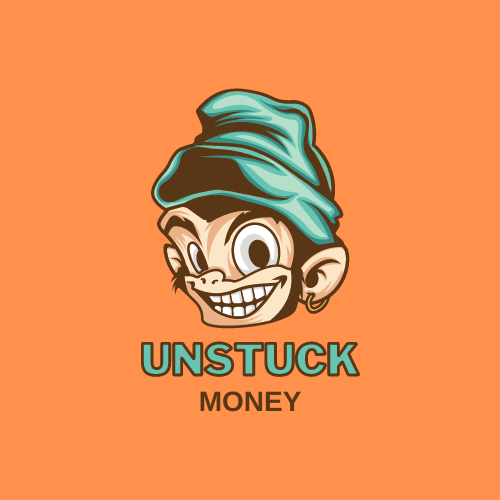We recently came across a post referring to “unemployed money,” and it didn’t sit right with us. The idea was that money sitting in low-interest accounts or old savings bonds was somehow lazy or unproductive. But is that really the right way to think about it?
What Does “Unemployed Money” Look Like?
Idle money often sits in:
- Bank accounts
- Low-interest savings
- Old savings bonds that no longer earn interest
On the other hand, “employed money” is typically:
- In high-interest savings accounts
- Invested in bonds
- Invested in stocks
- Invested in real estate
- Invested in alternative assets
This all ties back to the common financial phrase: “Putting Money to Work.” But what does that actually mean?
The Reality of “Putting Money to Work”
Stocks and bonds are not money. They are financial assets whose values fluctuate. Bonds provide a structured cash flow through interest and principal payments, but their market value shifts with interest rates. Stocks, meanwhile, offer a claim on a company’s future profits but come with inherent volatility.
When we talk about “putting money to work,” we are really talking about buying risky financial assets.
It’s a transformation:
- From a store of value to a profit (and loss) opportunity
- From a unit of account to an account
- From a medium of exchange to something that must be sold—possibly at a loss—to buy things
Saying we’re “putting money to work” makes investing sound safer than it is. This phrase subtly downplays the risks involved in financial assets.
What Should We Do Instead?
Rather than blindly following the idea that idle money is wasted money, we should:
- Stop saying “put money to work.” This phrase masks the reality of risk.
- Recognize that money (cash) is special. Its relative stability and liquidity are unique compared to other assets.
- Mentally reframe others’ advice. Whenever someone says “put money to work,” translate it to “buy risky financial assets.”
- Fully understand the risks. Make investment decisions clearly, knowing both potential gains and losses.
- View investments as tools. Risky assets should serve long-term financial goals, such as retirement or wealth building.
- Value cash for what it is. “Unemployed money” is an insurance policy and short-term savings for necessary expenses.
The Bottom Line
Idle money isn’t necessarily a bad thing. It plays a crucial role in financial security. Rather than rushing to “employ” every dollar, we should thoughtfully allocate money between stability and opportunity, keeping our true financial needs in mind.





